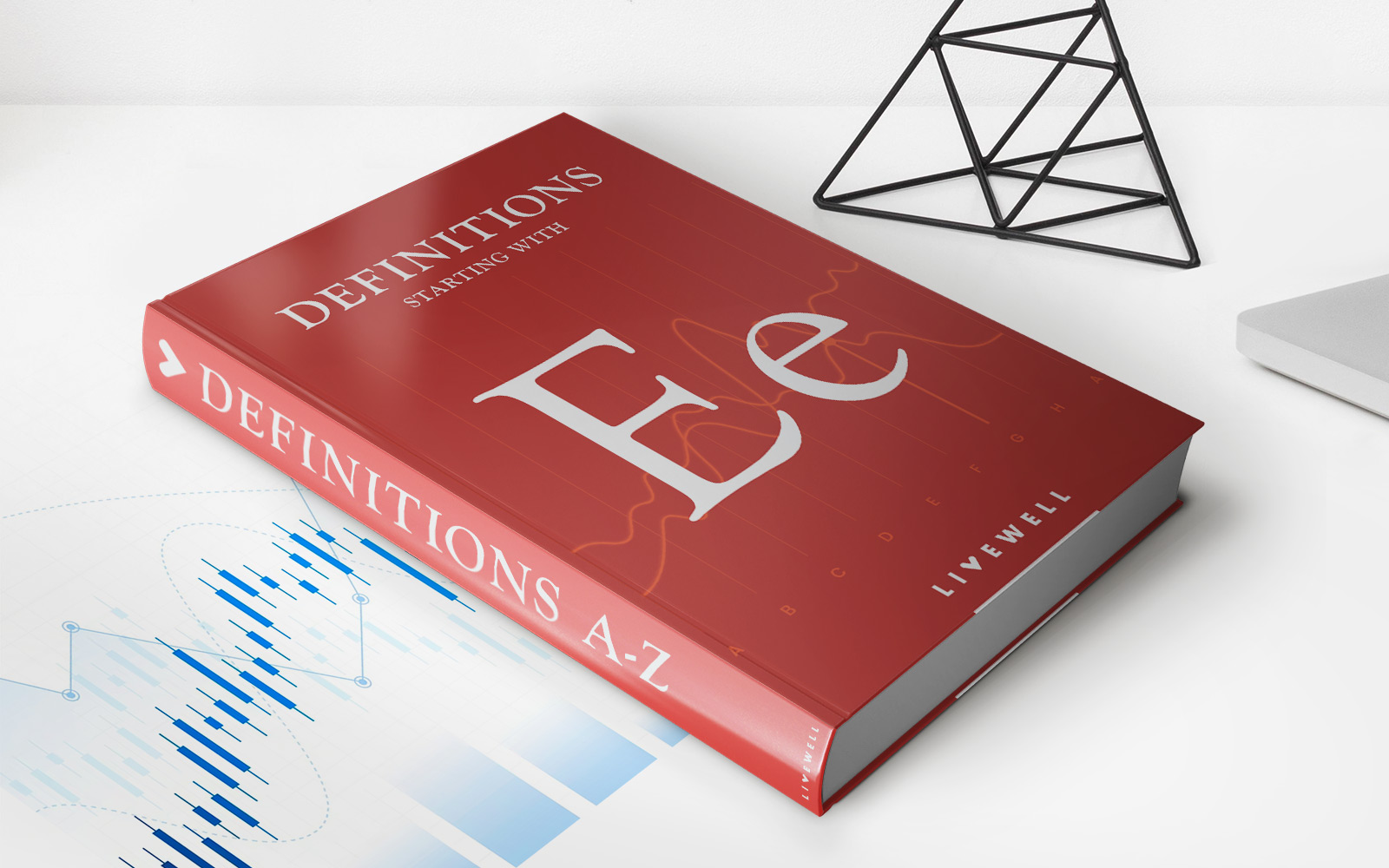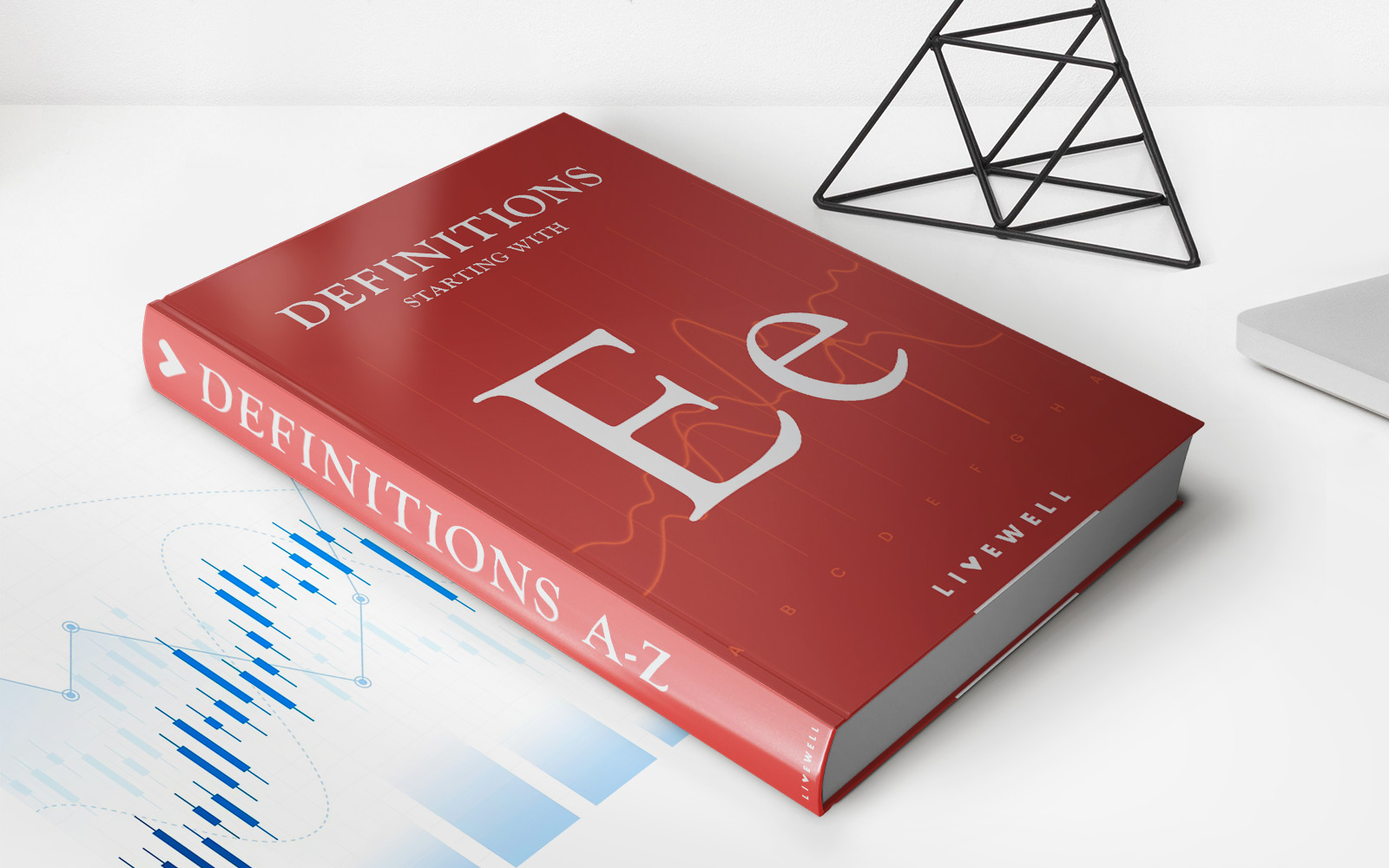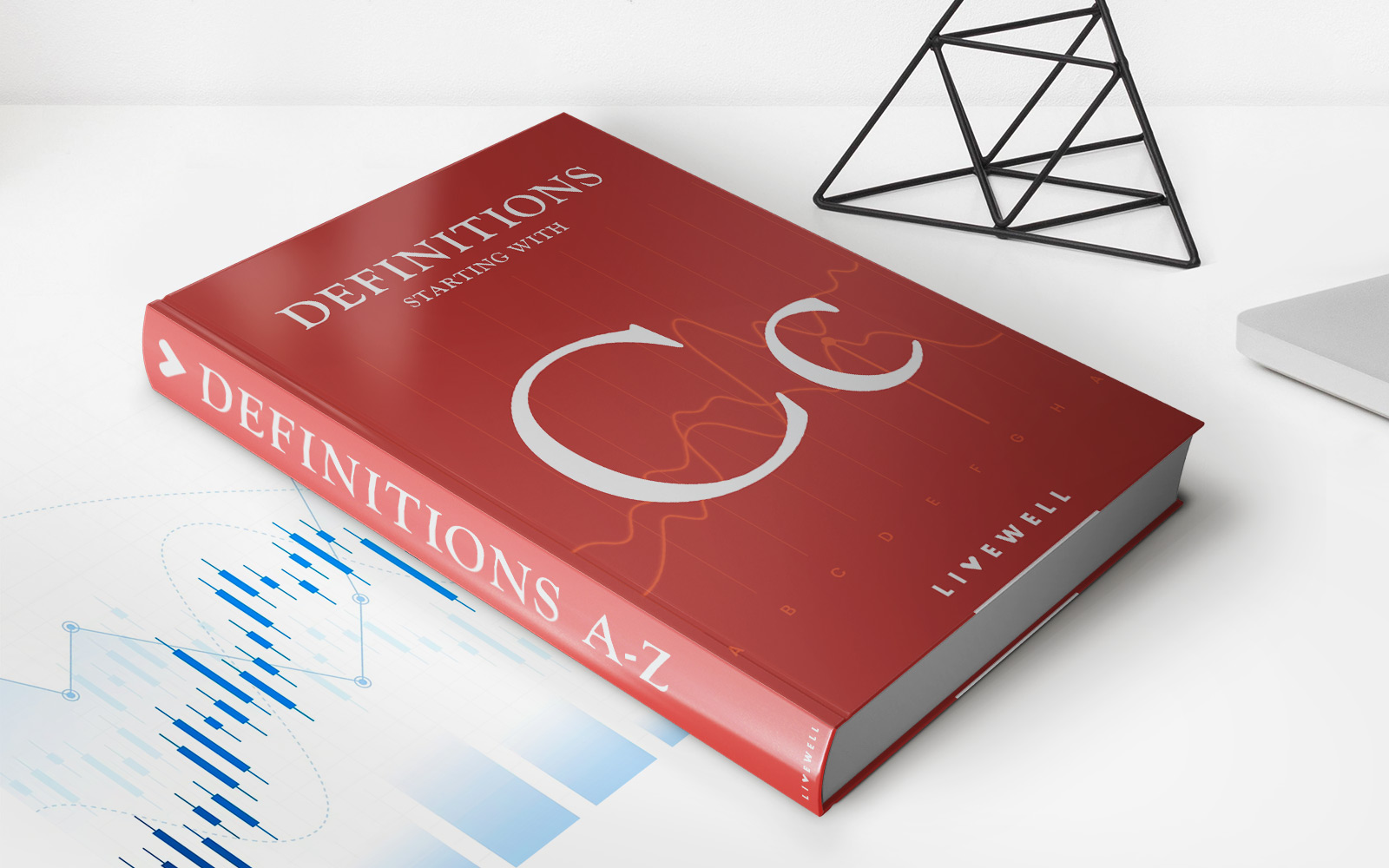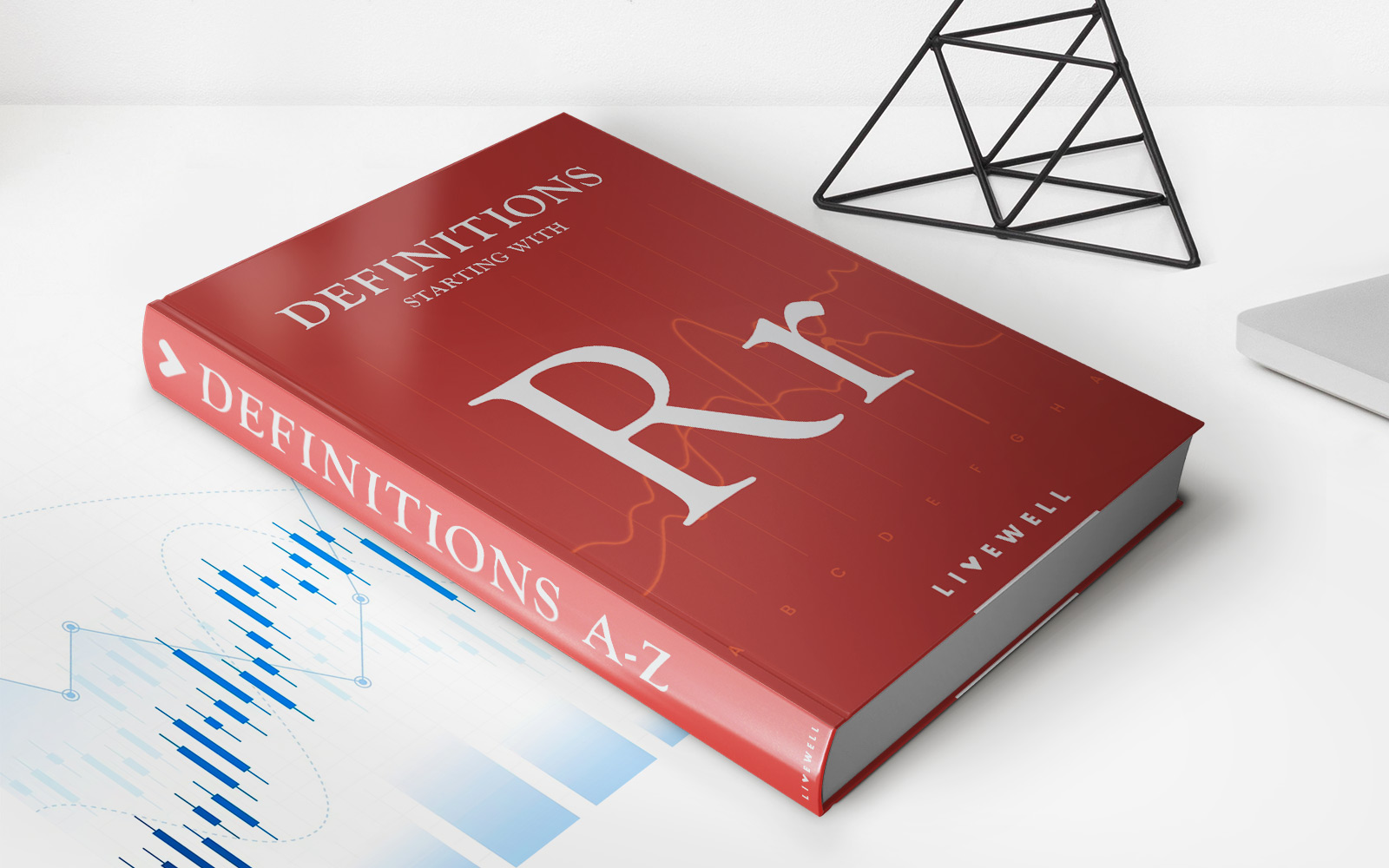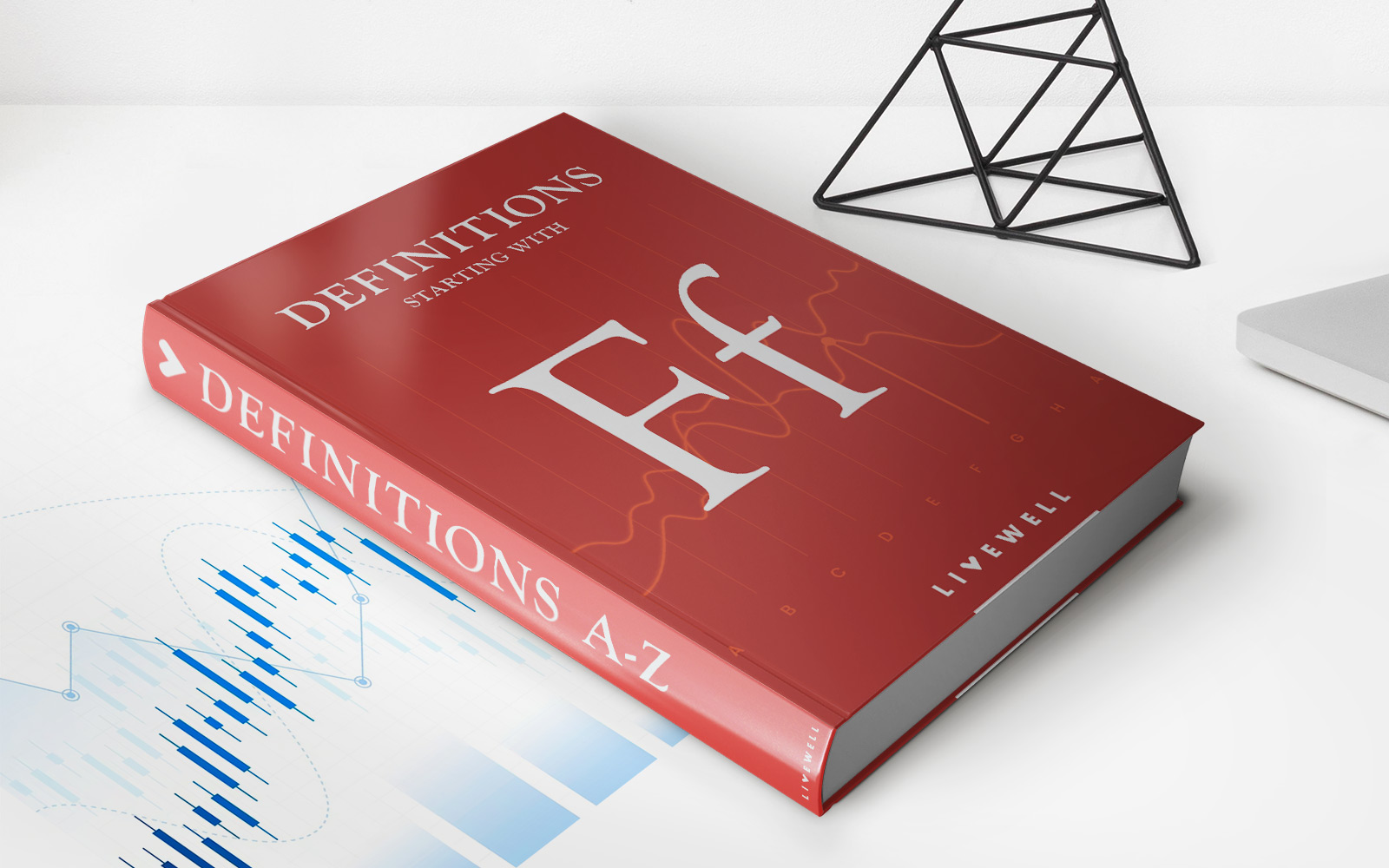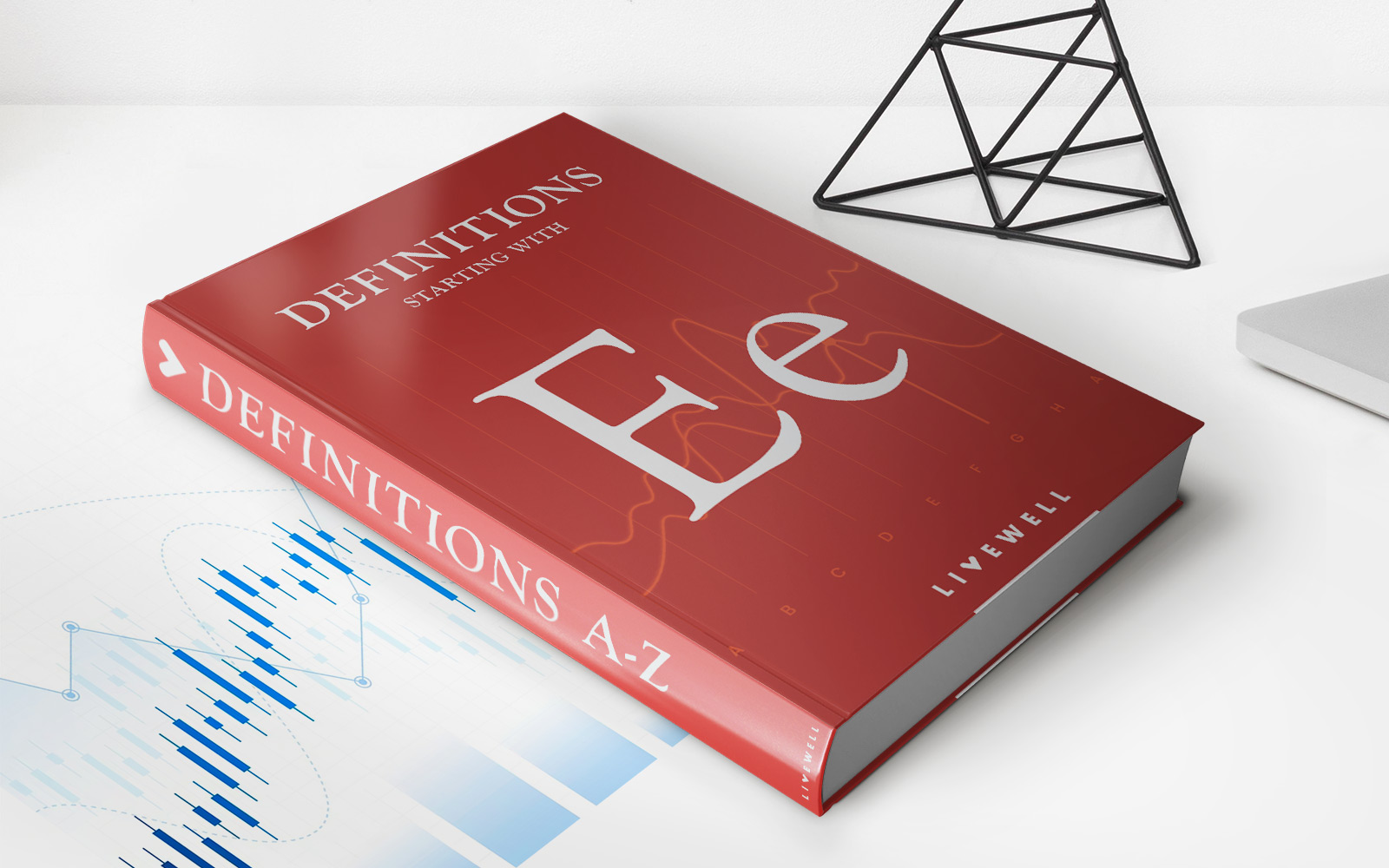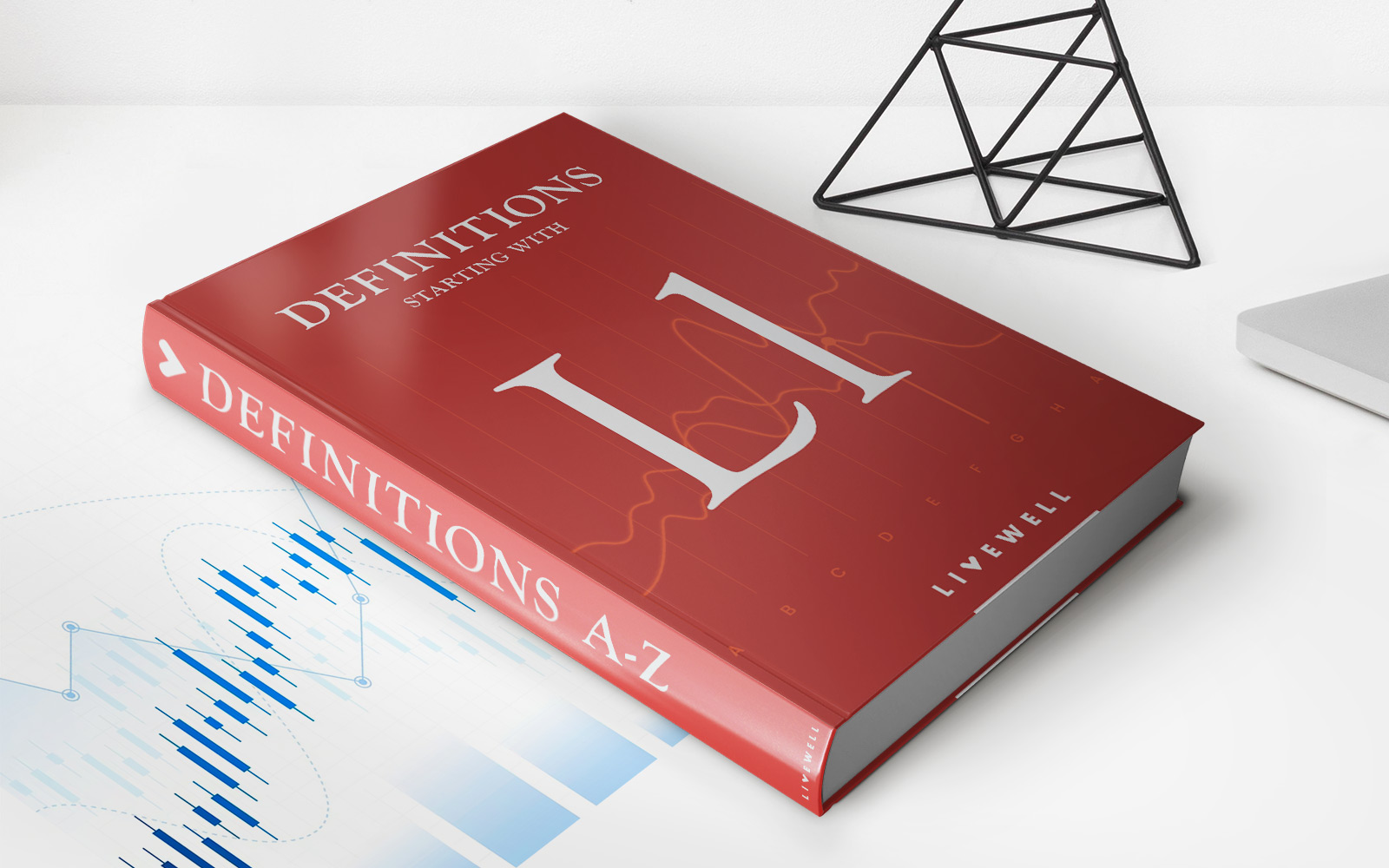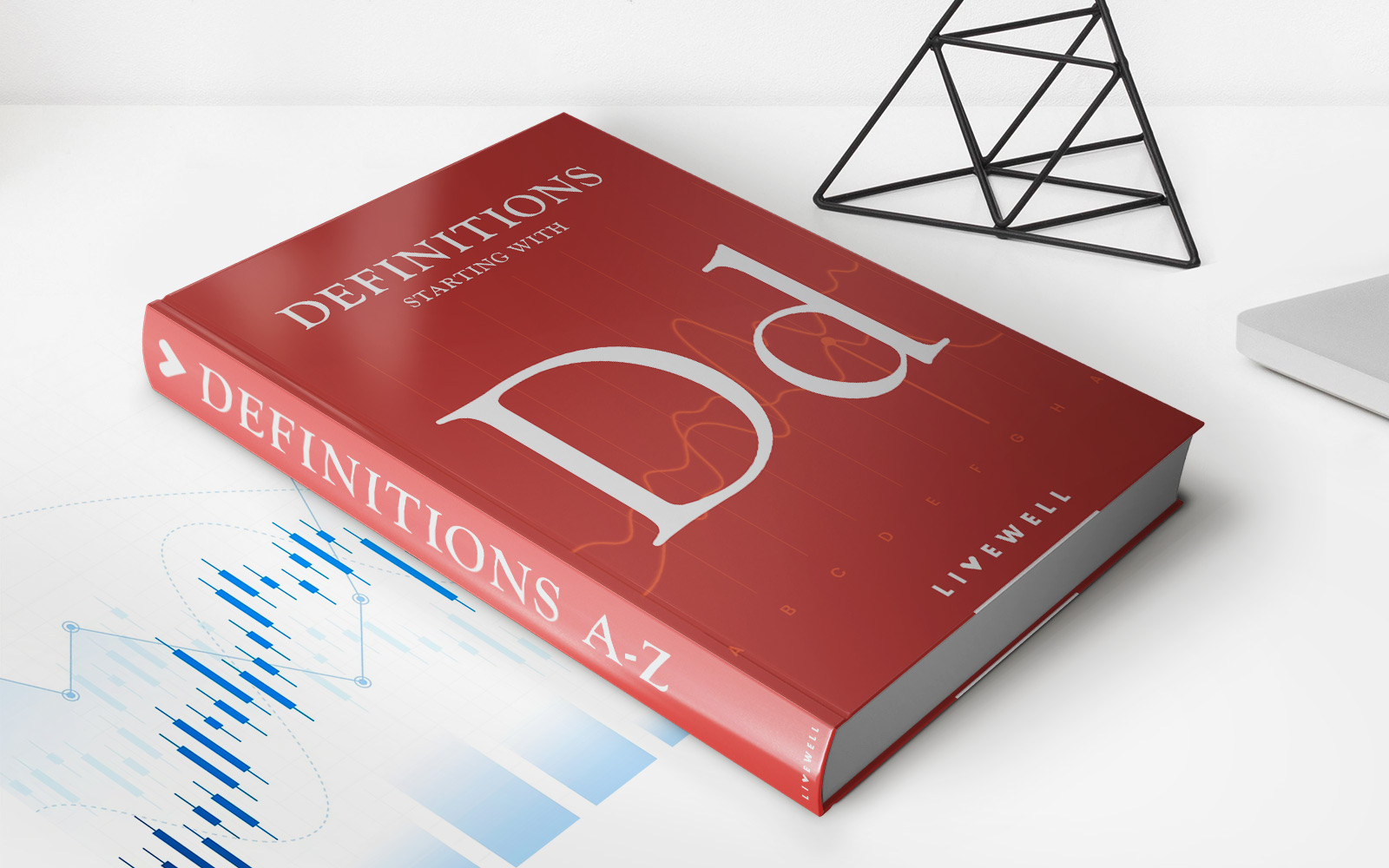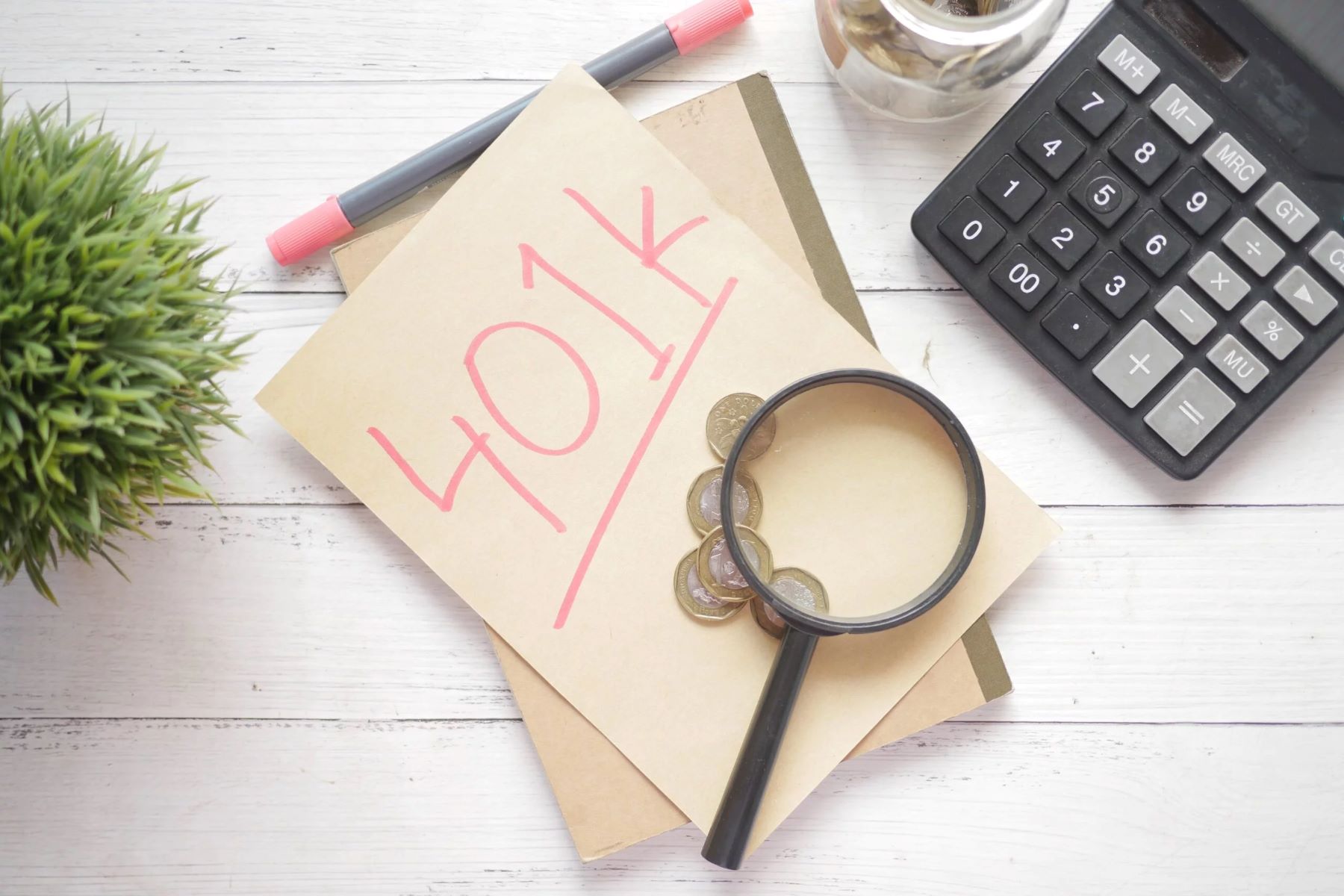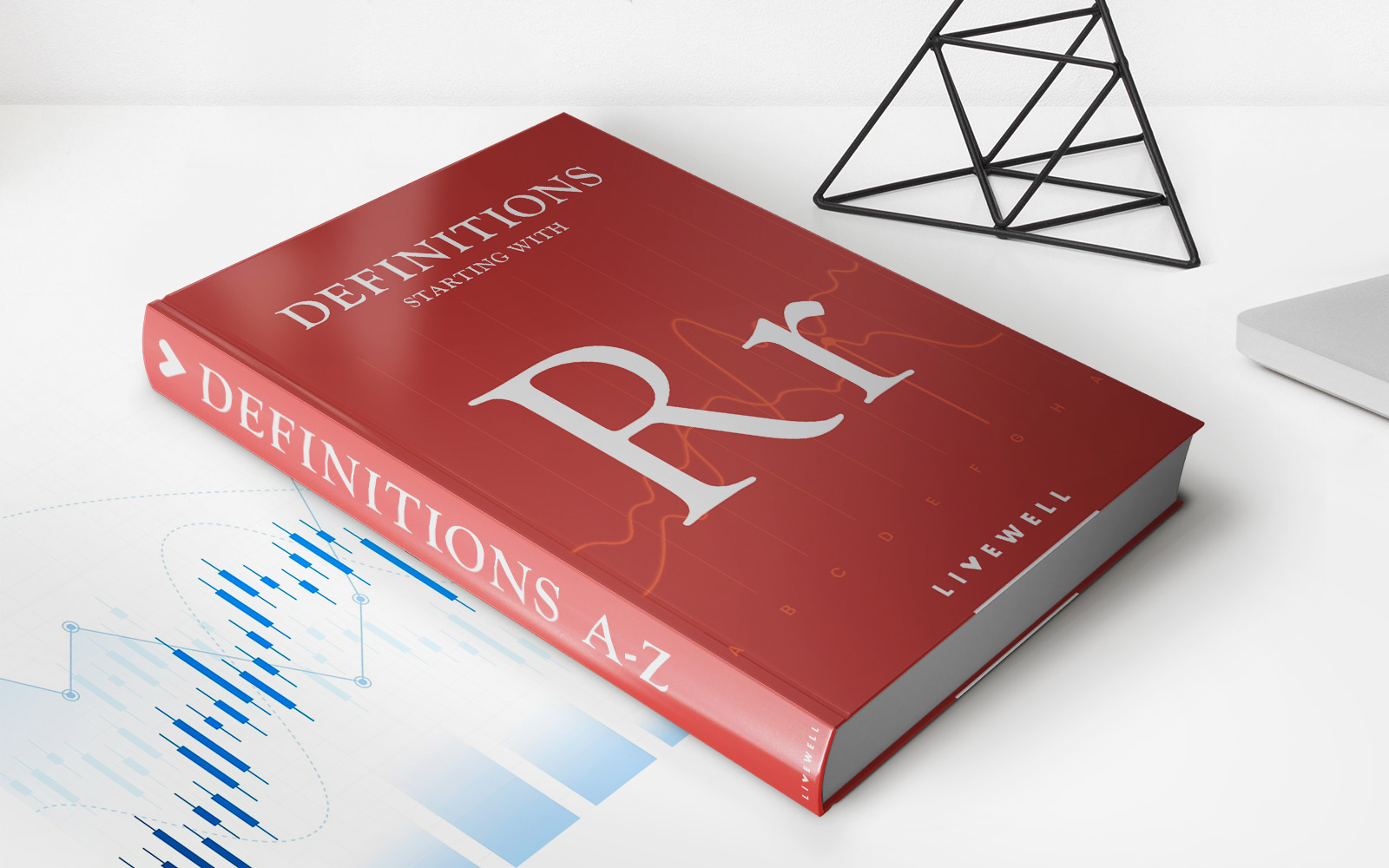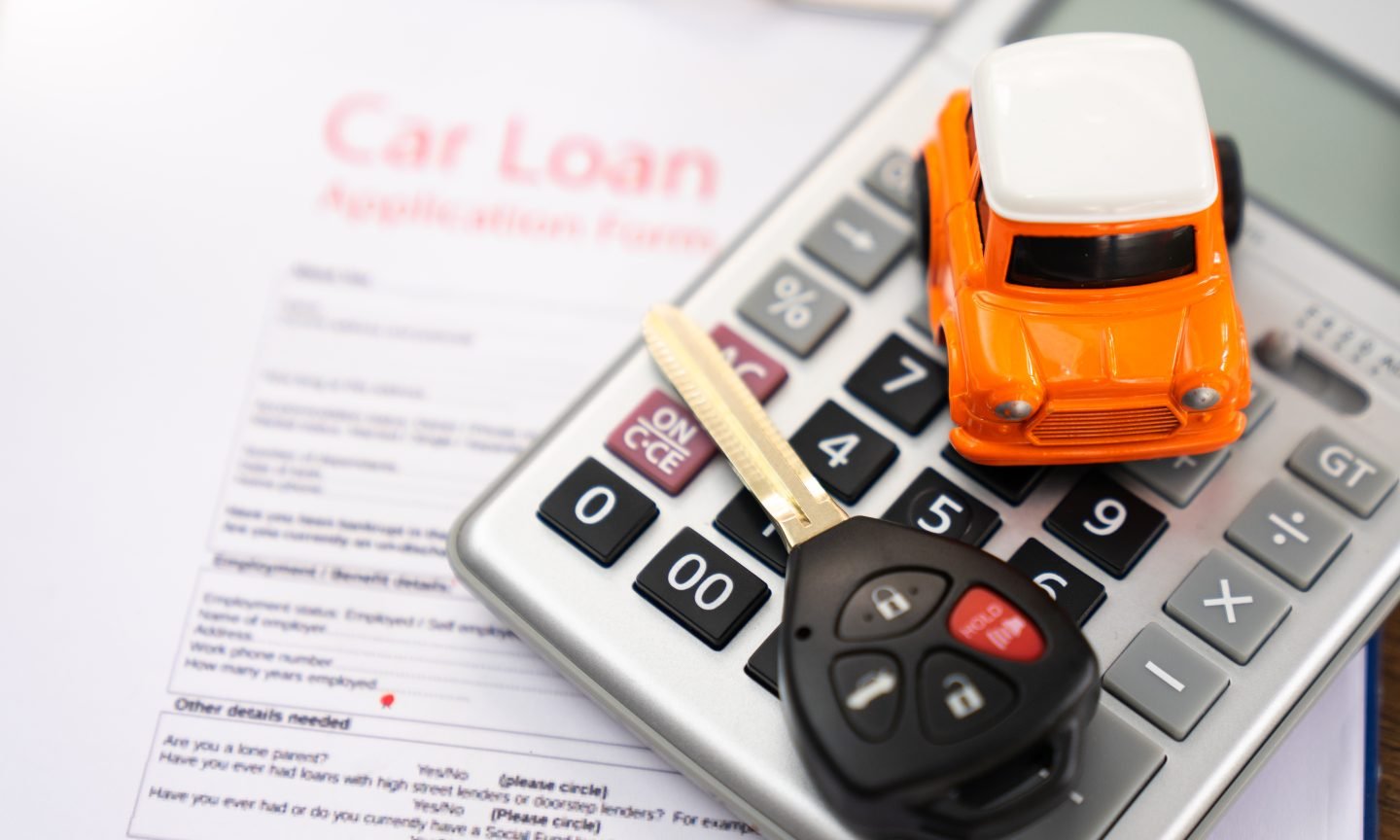Home>Finance>What Is Consumer Discretionary? Definition In Economic Indicators


Finance
What Is Consumer Discretionary? Definition In Economic Indicators
Published: November 1, 2023
Learn the definition of consumer discretionary in the context of economic indicators. Discover how it impacts finance and understand its significance in the market.
(Many of the links in this article redirect to a specific reviewed product. Your purchase of these products through affiliate links helps to generate commission for LiveWell, at no extra cost. Learn more)
What is Consumer Discretionary? Definition in Economic Indicators
Welcome to the finance section of our blog, where we explore various topics related to the world of money and investments. In today’s post, we are going to dive into the concept of consumer discretionary, a term often used in economic indicators. So, what exactly is consumer discretionary and why is it important? Let’s find out!
Key Takeaways:
- Consumer discretionary refers to goods and services that are considered non-essential or optional purchases.
- This category includes things like travel, dining out, entertainment, and luxury items.
Consumer discretionary, sometimes also referred to as the “leisure sector,” encompasses products and services that consumers can choose to purchase or not, depending on their personal preferences and financial situation. These are the things we often indulge in when we have some extra disposable income and are not focused on meeting our basic needs. Now, let’s take a closer look at why understanding consumer discretionary is essential in economic indicators.
In economic terms, consumer discretionary spending is a key metric used to gauge the overall health of the economy. When people have more confidence and financial stability, they tend to spend more on discretionary items, indicating a growing economy. On the other hand, during times of economic uncertainty or recession, consumer discretionary spending tends to decrease as people prioritize their essential needs over optional purchases.
Consumer discretionary goods and services can include a wide range of products and experiences. Some examples include:
- Luxury items: This includes high-end goods like designer clothes, jewelry, luxury cars, and top-of-the-line electronics.
- Entertainment and leisure: Movie tickets, concerts, sporting events, theme park visits, and vacations fall into this category.
- Restaurant dining and fast food: Eating out at restaurants or grabbing a quick burger at a fast-food joint are discretionary choices.
- Recreational activities: Going to the gym, joining a yoga class, or participating in outdoor hobbies such as fishing or golfing can be considered discretionary spending.
Understanding consumer discretionary can provide us with valuable insights into consumer behavior, market trends, and economic patterns. By monitoring consumer discretionary spending, policymakers, economists, and investors can make informed decisions about the state of the economy and potential investment opportunities.
So, next time you hear the term consumer discretionary, remember that it refers to those optional purchases that make life a bit more enjoyable but are not necessary for our day-to-day survival. Keep an eye on consumer discretionary spending as an indicator of economic health, and you’ll have a better grasp of how the financial world functions.
We hope you found this blog post informative and engaging. Stay tuned for more exciting topics and insights in our finance category!
